Contents
- 1.1 Memory Card Recovery
- 1.2 Recover Deleted Files from Memory Card
- 1.3 Recover Formatted Memory Card
- 1.4 Recover Corrupted Memory Card
- 1.5 Recover Transcend Memory Card
- 1.6 Recover Kingston Memory Card
- 1.7 Recover SanDisk Memory Card
- 1.8 Top Memory Card Recovery Software
- 1.9 Top Memory Card Recovery Freeware
- 2. SD Card
- 2.1 What is SD Card
- 2.2 SD Card Recovery
- 2.3 Recover Deleted Pictures from SD Card
- 2.4 Recover Deleted Videos from SD Card
- 2.5 Recover Damaged SD Card
- 2.6 Recover Corrupted SD Card
- 2.7 Recover Formatted SD Card
- 2.8 SDHC Card Recovery
- 2.9 SDXC Card Recovery
- 2.10 Top SD Card Recovery Software
- 2.11 Top SD Card Recovery Freeware
- 4.1 Micro SD Card Recovery
- 4.2 Micro SDHC Card Recovery
- 4.3 Micro SDXC Card Recovery
- 4.4 Recover Samsung Micro SD Card
- 5.1 CF Card Recovery
- 5.2 Recover Formatted CF Card
- 5.3 Recover Damaged CF Card
- 5.4 Recover Corrupted CF Card
Compact Flash card or CF card is a flash memory storage device that is mainly used in portable electronic devices. This tiny card has the capability to support a wide variety of computing devices and save large files up to 1 GB. Like other storage devices, CF cards can also be susceptible to corruption due to a multitude of reasons. Sudden power failures, virus infection or corrupted program are just some of the possible causes of missing or corrupted files. A damaged CF card also deems its contents inaccessible and unusable. Fortunately, there are methods to recover files from damaged CF card. In most cases, missing or lost files can be recovered with the use of specialized damaged CF card recovery tool. Read on to check the details.
Part 1. How to Do Damaged Compact Flash Card Recovery on Mac
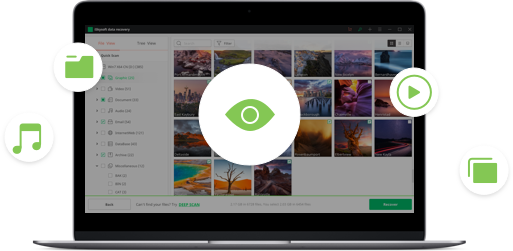
With the use of iSkysoft Data Recovery for Mac, lost or damaged files on a CF card can be retrieved. The program comes in an easy to use interface and with smart features that make recovery easy and convenient even for the non-tech savvy fellows.
Recoverit (IS) for Mac comes with advanced features developed for the exclusive purpose of recovering files from any drive and in an easy to use interface. Deep scan technology allows the program to search for lost or corrupted files of practically any type within the drive and its recovery tool ensures optimal success rate. Although the program works deep into the drive, it is designed to be risk-free and it executes the scan and recovery processes extremely fast. With different modes that users could select from and a preview of the files it finds, the software is sure to fit the need of every user.
Below is a step-by-step guide on how to recover deleted files from a damaged CF memory card on Mac with the help of iSkysoft Data Recovery for Mac OS X (10.10 Yosemite compatible). (More Memory Card Instructions)
What You Will Need:
A Computer;
Recoverit (IS) for Mac
Time Required:
Time will vary according to file's size
Difficulty:
Easy
Step 1: If the software has been installed, launch the Recoverit (IS) Mac program from the Applications folder. The first action is to select the file types that you want to recover. Then click "Next".
To recover files from a damaged CF card, the card should be attached to the Mac computer through an adapter or through the camera or mobile device with which the card is inserted into, making sure that the compact flash drive is accessible by the application.
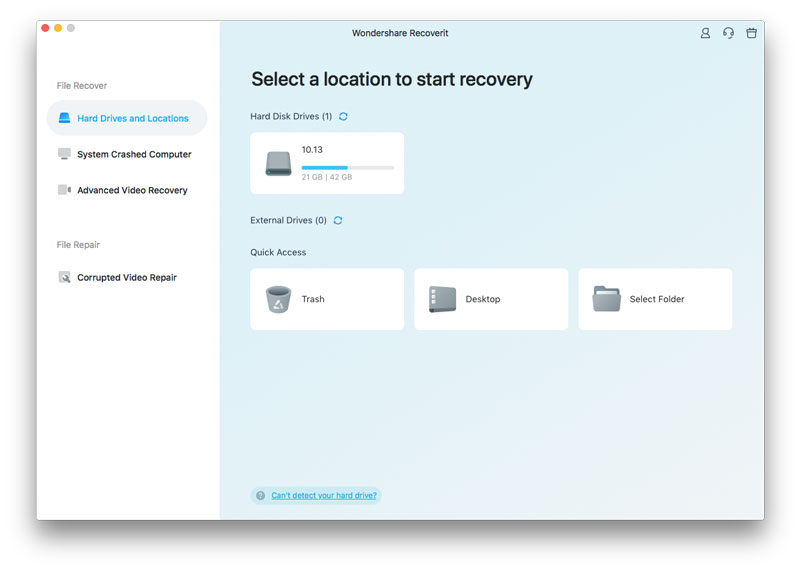
Step 2: Once you’ve selected the file types, choose the CF card from the displayed drives. Then click on the "Start" button to let the program to scan the specified card. This will take some time while the program attempts to locate the recoverable files.
Note: If you cannot see the CF drive, chances are the machine did not detect the card. Remove and re-insert the card then refresh the page by clicking the refresh icon.
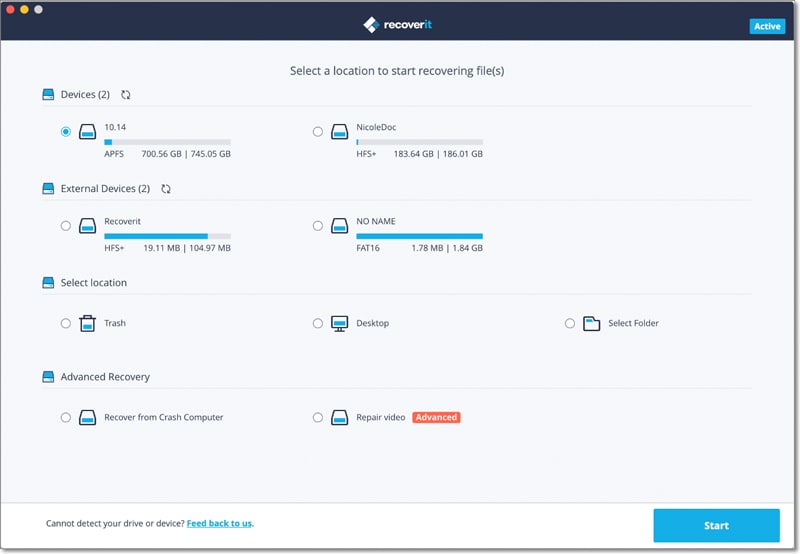
Step 3: Once the scan is completed, the program will display all the files that it found, so you can select the files you would like to restore. After selecting the files to retrieve, click the "Recover" button.
Note: If the software indicates that the scan has been completed, yet you cannot locate the files you need, you may do a more thorough scanning. To do this, switch on the "Deep Scan" by toggling the switch on the lower left corner. the program will attempt to retrieve more data by thoroughly searching the complete file directory.
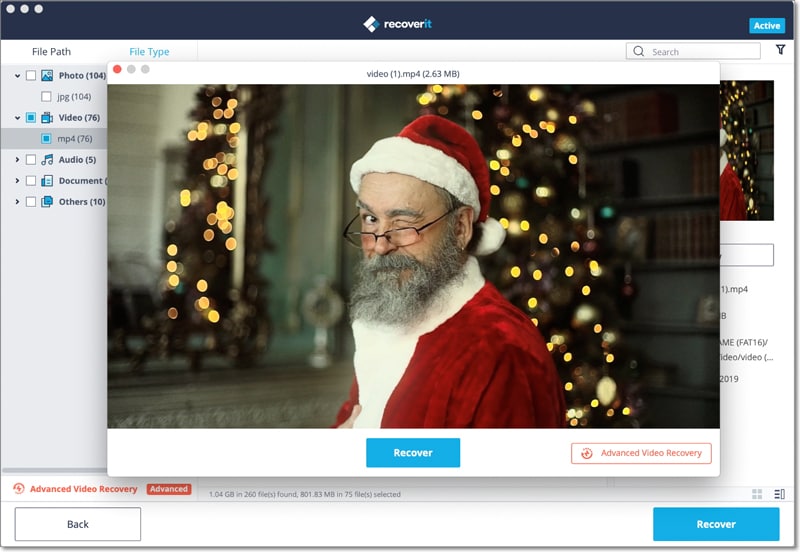
Part 2. How to Do Damaged CF Card Data Recovery on Windows
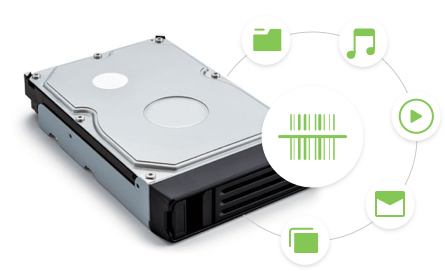
iSkysoft Data Recovery for Windows comes with the very user-friendly recovery process. When activated, users get to select the type of file they need to recover and the location where it was saved and the program gets to work on the recovery process right away. Since the program supports files of any type and since it was developed with advanced scanning and recovery technology, users are guaranteed optimal recovery rate in a lightning fast execution.
After downloading the installer file, open iSkysoft Data Recovery as an administrator to be able to successfully install it especially on Windows XP, Vista, 7, 8 computers. To do this, simply right-click on the downloaded file and look for the selection that says Run as Administrator. This process elevates the permission of the user so as to allow installation.
What You Will Need:
A Computer;
Recoverit (IS) for Windows
Time Required:
Time will vary according to file's size
Difficulty:
Easy

Step 1. Go into Recovery Mode
After the installation, launch the program. For quick and easy recovery, choose target file types you want to recover from damaged CF card..

Step 2. Search for the Lost Data
Make sure to connect the CF card to the computer through an adapter or through the camera or mobile device. Once you've chose the recovery mode, you will see the drives that the program could access including the damaged CF card. Select the CF card and continue to the next step by clicking the "Start" button.
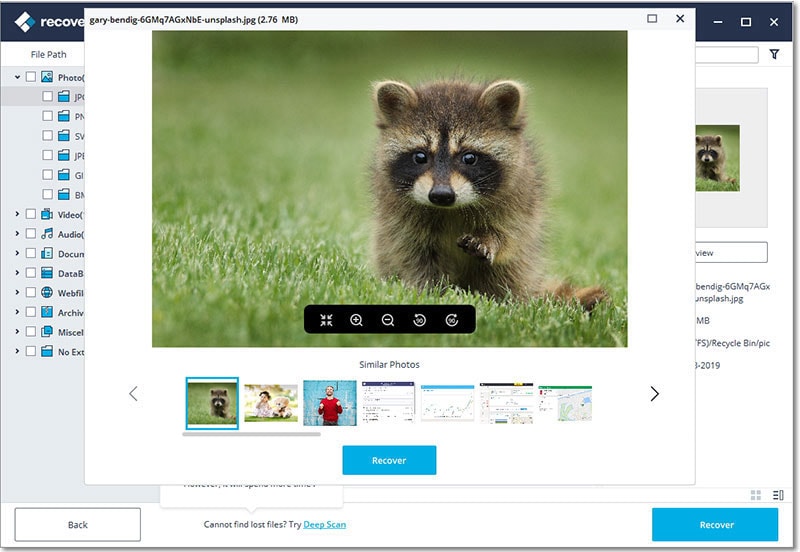
Step 3. Preview & Recover Files
After the program finishes scanning the drive, files found would be listed on the screen based on file type and the path to which the file was saved. With this, the users can select which files to recover and decide where to save the recovered file. The program also allows users to manually look for and filter the files by using specific search options through its name or path as long as the user knows or remembers the file path or name. Finally click "Recover" to find back your photos, videos and other data.
In the event that you notice that some or all files are missing or lost on the CF card, make sure not to save new ones if you intend to recover the files because doing so will overwrite the existing files. Overwriting files means decreasing the chance of recovering the lost files.
When selecting the location where to save the recovered files, choose to save it to a different drive instead of saving it on the same drive. This ensures that you are saving it on a more reliable drive while decreasing the possibility of overwriting other files that are yet to be recovered.






